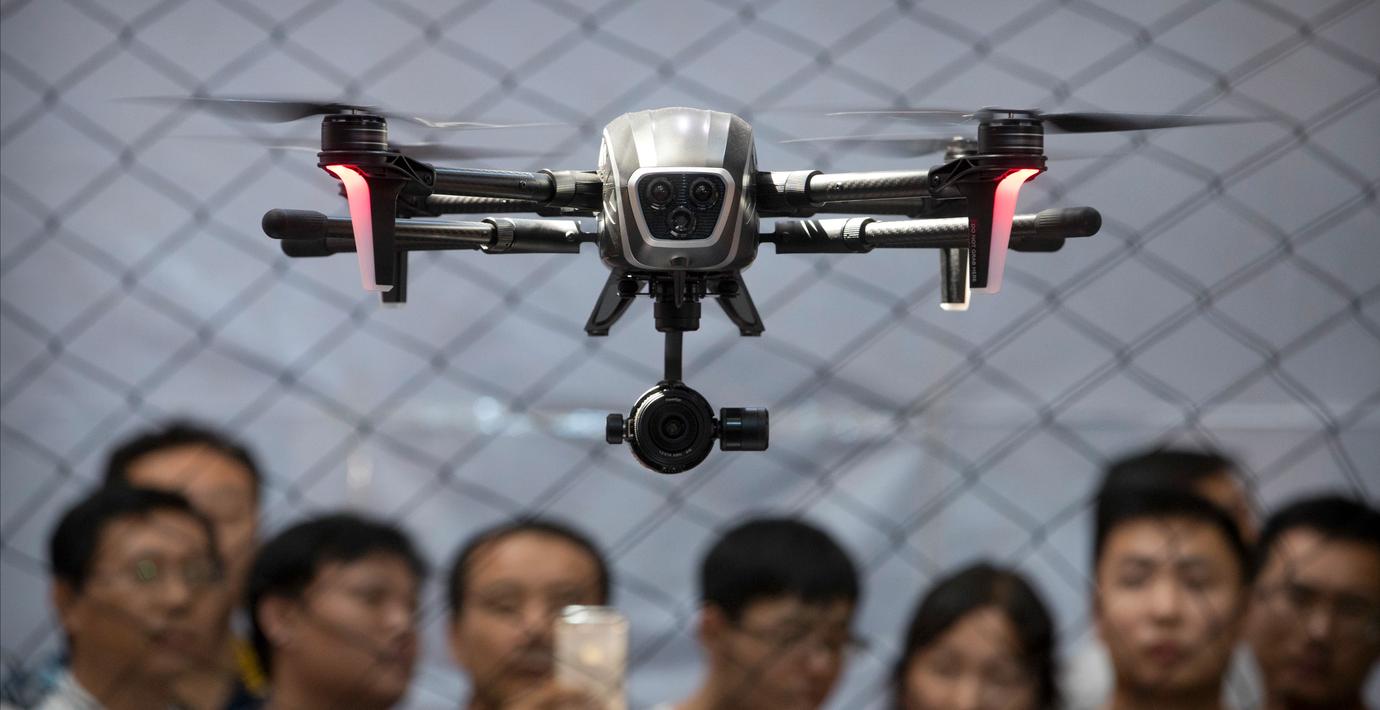
Kinas nya laserdrönare kan skära genom metall
En kinesisk forskare som går under smeknamnet ”galne Li” har utvecklat en drönare med en laser som är så kraftfull att den kan skära i metall. Det rapporterar South China Morning Post.
Enligt tidningen har man tidigare trott att det är omöjligt att få en så kraftfull laser att fungera från en flygduglig drönare.
Drönaren ska främst ha militära användningsområden. Laserstrålen ska bland annat kunna användas för att blända fiendesoldater på långt avstånd. Vissa problem återstår dock: bland annat att vibrationerna från drönaren gör det svårt att rikta laserstrålen exakt, skriver Ndtv.
bakgrund
Laservapen
Wikipedia (en)
A laser weapon is a type of directed-energy weapon that uses lasers to inflict damage. Whether they will be deployed as practical, high-performance military weapons remains to be seen. One of the major issues with laser weapons is atmospheric thermal blooming, which is still largely unsolved. This issue is exacerbated when there is fog, smoke, dust, rain, snow, smog, foam, or purposely dispersed obscurant chemicals present. In essence, a laser generates a beam of light that requires clear air or a vacuum to operate.
Many types of laser have been identified as having the potential to be used as incapacitating non-lethal weapons. They can cause temporary or permanent vision loss when directed at the eyes. The extent, nature, and duration of visual impairment resulting from exposure to laser light depend on various factors, such as the laser's power, wavelength(s), collimation of the beam, orientation of the beam, and duration of exposure. Even lasers with a power output of less than one watt can cause immediate and permanent vision loss under certain conditions, making them potentially non-lethal but incapacitating weapons. However, the use of such lasers is morally controversial due to the extreme handicap that laser-induced blindness represents. The Protocol on Blinding Laser Weapons bans the use of weapons designed to cause permanent blindness. Weapons designed to cause temporary blindness, known as dazzlers, are used by military and sometimes law enforcement organizations. Incidents of pilots being exposed to lasers while flying have prompted aviation authorities to implement special procedures to deal with such hazards.
Laser weapons capable of directly damaging or destroying a target in combat are still in the experimental stage. The general idea of laser-beam weaponry is to hit a target with a train of brief pulses of light. The United States Navy has tested the very short-range (1 mile), 30-kW Laser Weapon System or LaWS to be used against targets like small UAVs, rocket-propelled grenades, and visible motorboat or helicopter engines. It has been described as "six welding lasers strapped together." A 60 kW system, HELIOS, is being developed for destroyer-class ships as of 2020.
Omni är politiskt obundna och oberoende. Vi strävar efter att ge fler perspektiv på nyheterna. Har du frågor eller synpunkter kring vår rapportering? Kontakta redaktionen